Gastronomy of Nicaragua is a vibrant reflection of the country’s diverse cultural heritage, blending indigenous, Spanish, African, and Caribbean influences into a rich tapestry of flavors and ingredients. From hearty stews to flavorful street foods, Nicaraguan dishes are characterized by their use of fresh, locally sourced ingredients and bold spices. In this exploration of Nicaraguan cuisine, we’ll delve into its history, staple ingredients, popular dishes, and culinary traditions that make it a unique and beloved aspect of Nicaraguan culture.
Historical Influences
Nicaraguan cuisine has been shaped by centuries of history and cultural exchange. Indigenous tribes, such as the Nahuatl-speaking peoples, originally inhabited the region and cultivated crops like corn, beans, and squash. With the arrival of Spanish colonizers in the 16th century, new ingredients like rice, wheat, and livestock were introduced, transforming the culinary landscape. African slaves brought by the Spanish also contributed to the fusion of flavors, incorporating techniques and ingredients from their native cuisine. Later migrations from other Caribbean islands further enriched Nicaraguan food culture, introducing ingredients like coconut, plantains, and yucca.
Staple Ingredients
Corn (maize) is the cornerstone of Nicaraguan cuisine and is used in various forms, from tortillas to tamales. It’s often ground into masa, a dough used to make tortillas, tamales, and other traditional dishes. Beans are another essential ingredient, with red beans being the most commonly used variety. Rice is a staple accompaniment to many meals, often served alongside beans and meat. Plantains are ubiquitous in Nicaraguan cooking, whether fried, boiled, or mashed, and are used in both sweet and savory dishes. Other common ingredients include yucca, sweet potatoes, tomatoes, onions, peppers, and a variety of tropical fruits such as mangoes, pineapples, and papayas.
Popular Dishes
Gallo Pinto: Perhaps the most iconic dish of Nicaragua, Gallo Pinto is a hearty and flavorful combination of rice and beans sautéed with onions, peppers, and spices. It’s often served as a breakfast dish alongside eggs, cheese, and fried plantains.
Nacatamales: These are large, steamed corn dumplings filled with a savory mixture of pork, chicken, potatoes, rice, and vegetables, all wrapped in banana leaves. Nacatamales are typically enjoyed during special occasions and celebrations.
Indio Viejo: A traditional Nicaraguan stew made with shredded meat (often beef or chicken), tomatoes, onions, peppers, and achiote (annatto) paste. It’s thickened with corn masa and flavored with herbs and spices like cilantro and oregano.
Vigorón: This is a popular street food dish consisting of boiled yucca topped with pickled cabbage salad (curtido) and slices of chicharrón (fried pork rind). It’s typically served on a banana leaf and eaten with a side of chimichurri sauce.
Sopa de Mondongo: A hearty soup made from tripe (beef stomach), vegetables, and spices, simmered slowly to develop rich flavors. Sopa de Mondongo is considered a comfort food and is often enjoyed during family gatherings and festivities.
Rondón: A flavorful seafood stew made with a variety of fish and shellfish, coconut milk, yucca, plantains, and spices. Rondón is a traditional dish in Nicaragua’s Caribbean coastal regions, reflecting the influence of Afro-Caribbean cuisine.
Rosquillas: These are cornmeal-based cookies flavored with cheese or grated coconut, then fried or baked until golden brown. Rosquillas are a popular snack or dessert enjoyed throughout Nicaragua.
Tres Leches Cake: A decadent dessert made with a sponge cake soaked in three types of milk (evaporated milk, condensed milk, and heavy cream), resulting in a moist and creamy texture. Tres Leches Cake is a beloved treat for special occasions and celebrations.
Culinary Traditions
Nicaraguan cuisine is deeply rooted in tradition, with many dishes passed down through generations and enjoyed during religious festivals, holidays, and family gatherings. Cooking is often a communal activity, with family members coming together to prepare meals for special occasions. Nicaraguan households take pride in using fresh, locally sourced ingredients, with many families growing their own fruits, vegetables, and herbs. Street food vendors play a significant role in the culinary landscape, offering a wide variety of snacks and meals to locals and visitors alike.
Regional Variations
While there are many dishes that are enjoyed throughout Nicaragua, there are also regional variations that highlight the country’s diverse geography and cultural influences. For example, the Caribbean coast is known for its Afro-Caribbean dishes like Rondón and Coconut Bread, which feature coconut milk, seafood, and tropical spices. In contrast, the Pacific coast favors dishes like Pescado a la Tipitapa (fish cooked in a tomato and onion sauce) and Mariscada (seafood stew), reflecting a more Spanish influence. In the northern highlands, you’ll find hearty dishes like Fritanga (a platter of fried meats, plantains, and cheese) and Güirila (a type of corn pancake), which are popular among the indigenous communities.
Conclusion
Nicaraguan cuisine is a vibrant reflection of the country’s diverse cultural heritage, blending indigenous, Spanish, African, and Caribbean influences into a rich tapestry of flavors and ingredients. From hearty stews to flavorful street foods, Nicaraguan dishes are characterized by their use of fresh, locally sourced ingredients and bold spices. Whether you’re enjoying a plate of Gallo Pinto for breakfast, savoring a bowl of Sopa de Mondongo for lunch, or indulging in a slice of Tres Leches Cake for dessert, Nicaraguan cuisine offers a culinary adventure that delights the senses and celebrates the country’s rich cultural heritage.


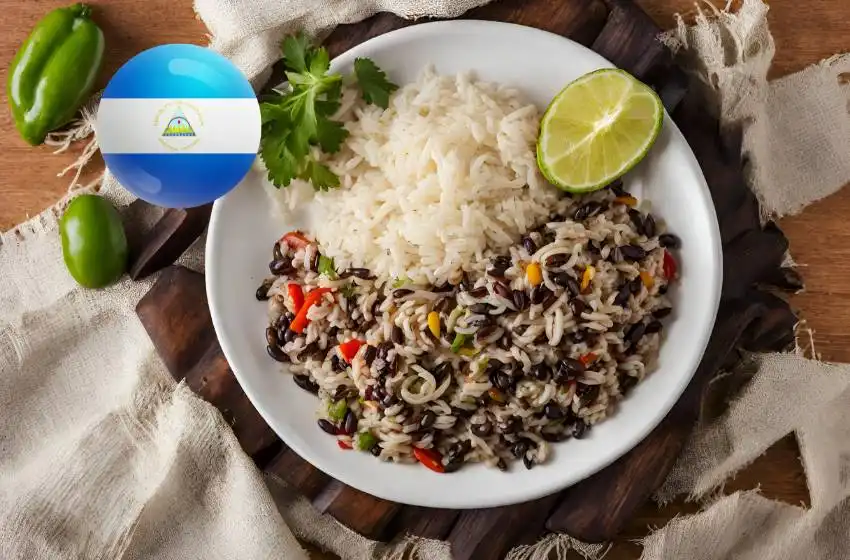
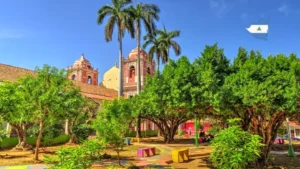
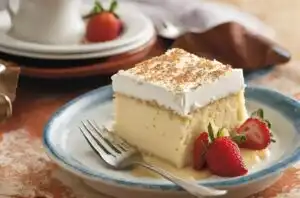


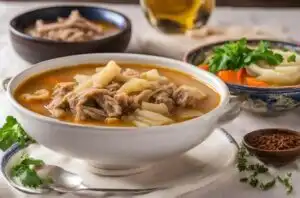

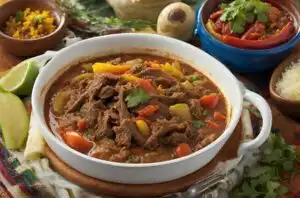
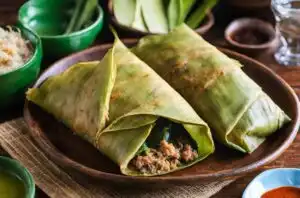
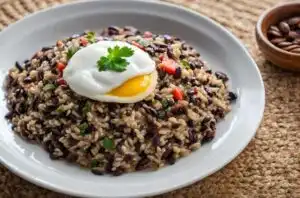



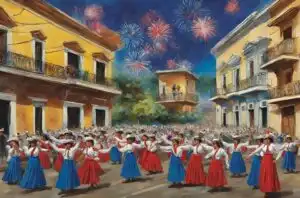



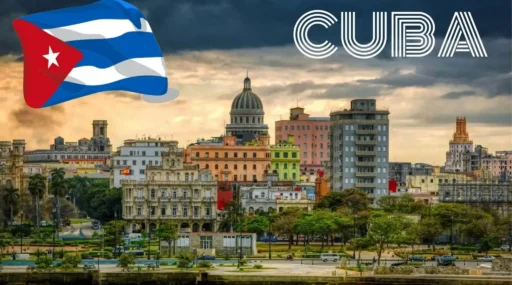


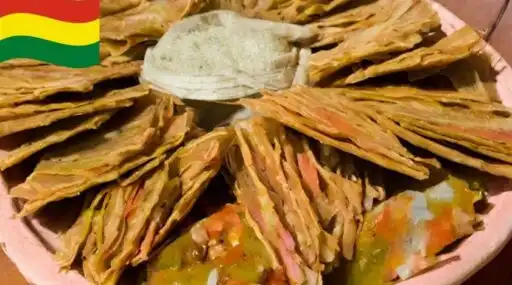





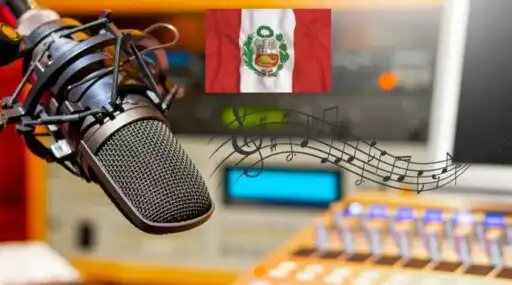
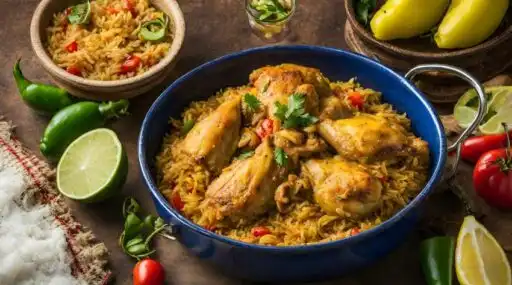

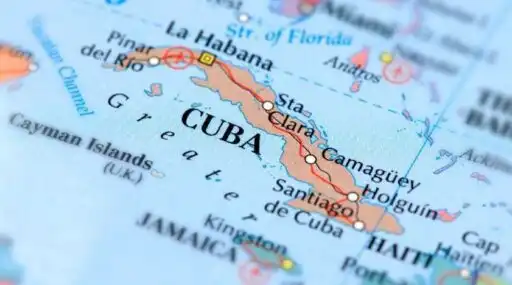
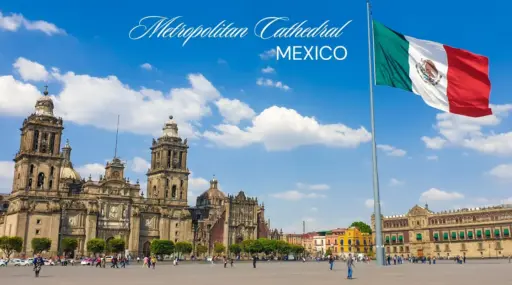




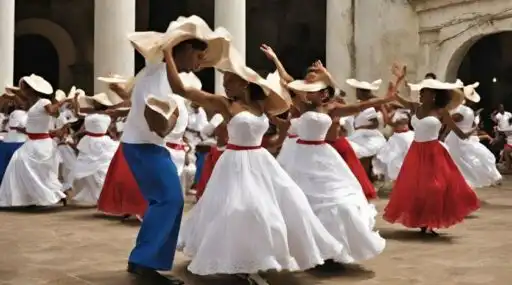











Leave a Reply